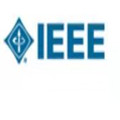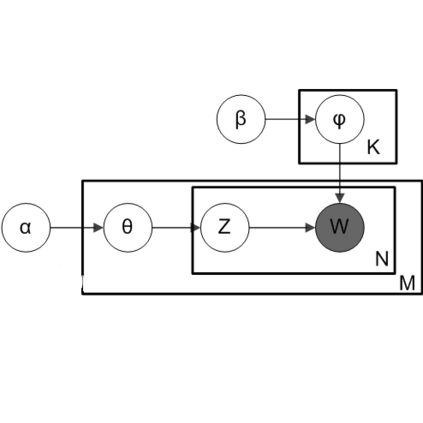We have recently implemented a new version of the quasiparticle self-consistent GW (QSGW) method in the ecalj package released at http://github.com/tkotani/ecalj. Since the new version of the ecalj is numerically stable and accurate compared to the previous versions, we can perform calculations easily without being bothered with setting input parameters. Here we examine its ability to describe energy band properties, e.g., band-gap energy, eigenvalues at special points and effective mass, for variety of semiconductors and insulators. We treat C, Si, Ge, Sn, SiC (in 2H, 3C, and 4H structures), (Al, Ga, N)x(N, P, As, Pb), (Zn, Cd, Mg)x(O, S, Se, Te), SiO2, HfO2, ZrO2, SrTiO3, PbS, PbTe, MnO, NiO, and HgO. We propose that a hybrid QSGW method, where we mix 80 percent of QSGW and 20 percent of LDA, gives universally good agreement with experiments for these materials.
翻译:我们最近在http://github.com/tkotani/ecalj 上发布的ecalj 软件包中采用了一种新的准粒子自我一致GW(QSGW)方法。由于ecalj的新版本与前版本相比在数字上稳定且准确,因此我们可以轻松地进行计算,而无需设置输入参数。我们在这里检查它描述能源带特性的能力,例如,带宽能量、带宽能量、在特殊点和有效质量上的乙基值、各种半导体和绝缘器。我们处理C、 Si、 Ge、 Sn、 SiC (在2H、3C和4H结构中)、 (Al、Ga、N)x(N、P、As、Pb)、(Zn、Cd、M)x(O、S、S、 Se、Te)、SO2、HfO2、ZrO2、SrTiO3、PbS、PbTe、MO、NiO、NiO和MHIO等各种半导体。我们建议采用混合的QW的混合方法,其中80%和20%的材料。我们建议与20%的GDA材料普遍地进行这种混合的混合的20%和汞实验。




